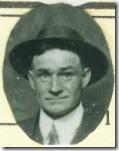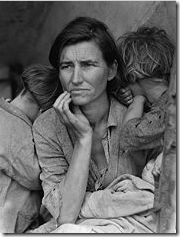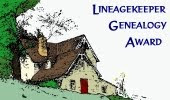I started looking for my ancestor, Thomas Farrar, in 1968 thinking that finding him and his lineage couldn't be that hard. That attitude was repeatedly slapped down .. hard .. over the next 36 years. 
You know the story in some form because you undoubtedly have 'brick walls' on your own pedigree chart. We ram at the walls over time, sometimes with a feather-light touch and at other times with a carefully planned massive assault.
Time goes by and we ... Touch.
Yep, the wall is still there. Eventually, with a shoulder down, a research plan in our case and loaded with small change, small bills and a feisty attitude, we charge off to the family history library intent on busting through the wall "this time". Surely, it is weakened after all of the force and finesse we've used on it over the years. That baby is coming down!
Well, sometimes we are lucky and it really does fall, but usually, we just get a bruise where our mind and shoulder hit the wall.
Discouraged? Yep. Sure that we'll never find our lineage on that branch? Yep again. Sometimes, it seems like it is going to be impossible so we shelve that branch of research knowing it will probably see the light of day again..... sometime....
A couple of years ago, I finally found Thomas listed as a passenger on a ship that arrived in New York on 3 Jul 1847. He traveled to America from London with his brother, sister-in-law and their children. The passenger records were finally transcribed and indexed and I Found Him! Their surname is listed as "Fanin" on one index and as "Farren" in another, but it is him. 
Most of us think of Ellis Island when looking for our immigrant ancestors, but Ellis Island didn't fully start to function until 1892. Thomas arrived in 1847 ... way too early for Ellis Island records.
I knew that the records of the earlier immigration center of Castle Garden were being posted on line, so I looked for him there. After fifty or so searches for every surname spelling variation I could think of his record was on my screen.... "Thomas Fanin".
Thomas and his wife are listed in the 1850 census in Lexington County, South Carolina living with his brother and sister-in-law's family, so I had a list of names to look for.
The first name of the "Fanin's" on the passenger list matched those listed in the census. It was Thomas alright. Fortunately, his sister-in-law had a unique first name ..... "Selina". Of course, it isn't listed as Selina on the Castle Garden site, but rather as "Gelena" Fanin. Using that hit, I looked at the rest of the passenger names on the ship with her and there they were.... Alfred, Gelena, John, Sarah, Thomas and William "Fanin". They matched the names in the census record.
Great! Progress. A ship passenger record that showed he was from England. I'd finally been able to 'hop the pond'. There weren't many Farrar's in England in the early 1840's were there? As it turns out, yes, there are a LOT.
More trips to the family history library produced more information about Thomas in an achingly slow process.
I found Thomas and John's naturalization papers in the court records of Walworth County, Wisconsin.
The headstones for his wife, son and mother in the Brick Church Cemetery in Walworth County were found thanks to the efforts of The Walworth Historical Society who had recently published graveyard records for that cemetery.
One of the wonderful ladies in that group took photos of the Farrar headstones for me. The photos coupled with the cemetery records told me much about the family. Thomas' mother was named Elizabeth. Her tombstone says she was the wife of Eli.
Finally, something besides the surname 'Farrar' to look for in England.
Time has passed and now, six years later, I'm still looking for Eli and Elizabeth and their family in church and government records but haven't found them.
So, I'm back making a plan and executing it. I've done everything I know how to do in the research department other than one thing and I'm doing that now.
I found Selina's obituary in a library in Missouri. It said she was born in Huddersfield, Yorkshire. Sure enough, I found a marriage record for she and John Farrar in Huddersfield.
Were there any Farrar's living in Huddersfield and the surround area? I guess the better question is "did any one living there have a different surname?"
There are far more Farrar's than any other common surname in the area. I think I've found the ancestral home for my Farrar family.
None of my known ancestors are listed in the 1841 British census but since the above hints are all I have to work with, I'm going to surround all of the Farrar's in Yorkshire in the 1841 census by creating a record for each of them.
Over time, with lots of reports and by peering in different 'windows' at the data, hopefully I'll see a pattern emerge and will be able to identify some uncles families. From that pattern, I'll be able to find more about my ancestors in church and government records and hopefully track my direct lineage farther.
So far, I've entered 1200 Farrar's in my 1841 census database. I only have another 12,000 or so to go. Nothing to it. Just time and typing.
I'm going to Surround Them and then Sift Them. Hopefully, I'll Find Them, but if not, I won't quit searching.
Since there are a LOT of Farrar's in England, there is no reason to run out of research opportunities for that family.
I suspect you have similar opportunities to continue your own Brick Wall research.
 directed containing your Tooele certificate & dude Browns permition for you to reside in the Town of Alpine for a short space of time if you receive this letter please send us word Mother wants to Know at what time & how often they deliver the Mail at your house in one day have you seen Laura Boley She was to go to Salt Lake yesterday afternoon everything is the Same as usual we are well hope this will find you the Same. fair well brother Watkins Love to hall
directed containing your Tooele certificate & dude Browns permition for you to reside in the Town of Alpine for a short space of time if you receive this letter please send us word Mother wants to Know at what time & how often they deliver the Mail at your house in one day have you seen Laura Boley She was to go to Salt Lake yesterday afternoon everything is the Same as usual we are well hope this will find you the Same. fair well brother Watkins Love to hall
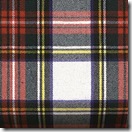


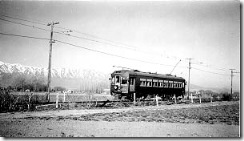

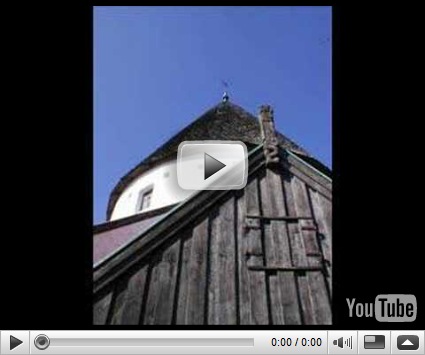
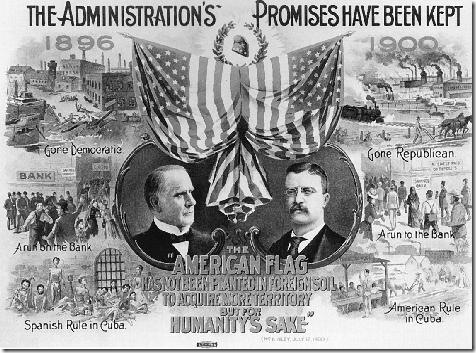
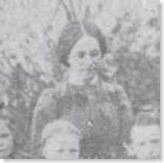

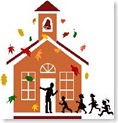

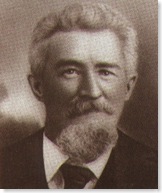
 His sweetheart,
His sweetheart, 



